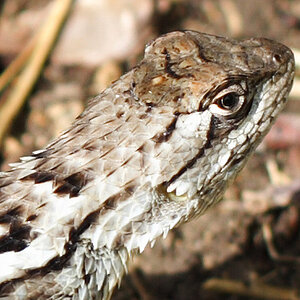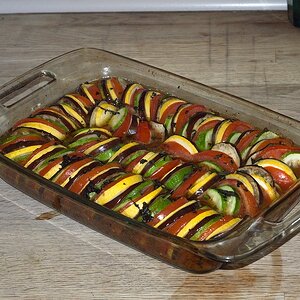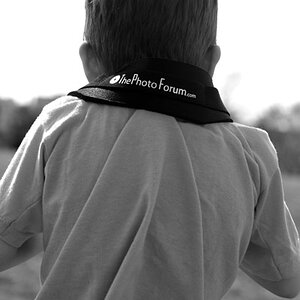ccaballero
TPF Noob!
- Joined
- May 12, 2018
- Messages
- 23
- Reaction score
- 1
- Location
- Puerto Rico
- Can others edit my Photos
- Photos NOT OK to edit
Hello TPF friends, I have a question that could not find a specific or more direct thread for it.
I have a Nikon D3100 with a Nikon 18-200 VR (just as an FYI) and Im confused when it comes to Over / Under exposure, at witch end is the picture unrecoverable? Is it better to Under exposed if unsure or is it better to Over expose and fix in PP?
Im aware this is only pertaining RAW / NEF files.
Thanks in advance
I have a Nikon D3100 with a Nikon 18-200 VR (just as an FYI) and Im confused when it comes to Over / Under exposure, at witch end is the picture unrecoverable? Is it better to Under exposed if unsure or is it better to Over expose and fix in PP?
Im aware this is only pertaining RAW / NEF files.
Thanks in advance


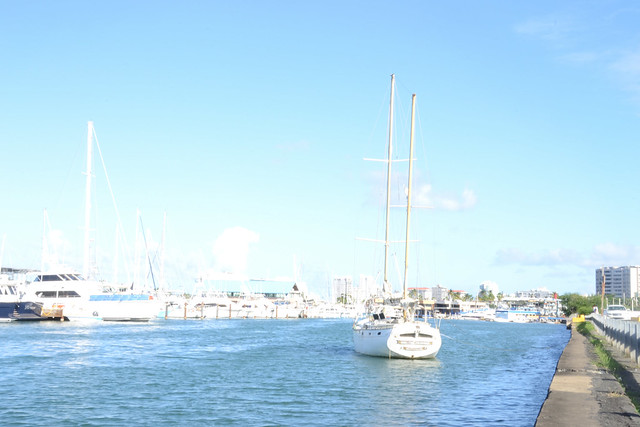 DSC_0033_00001
DSC_0033_00001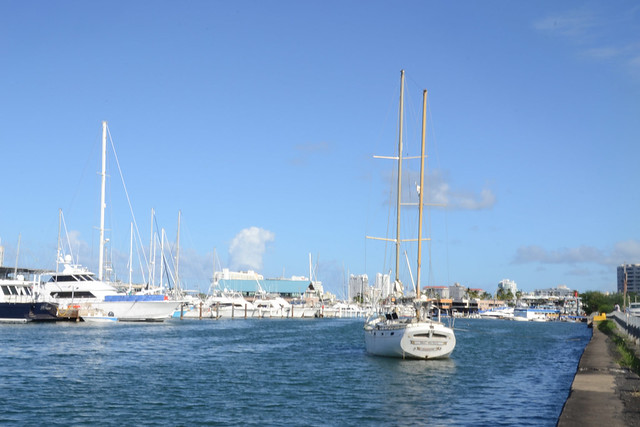 DSC_0032_00001
DSC_0032_00001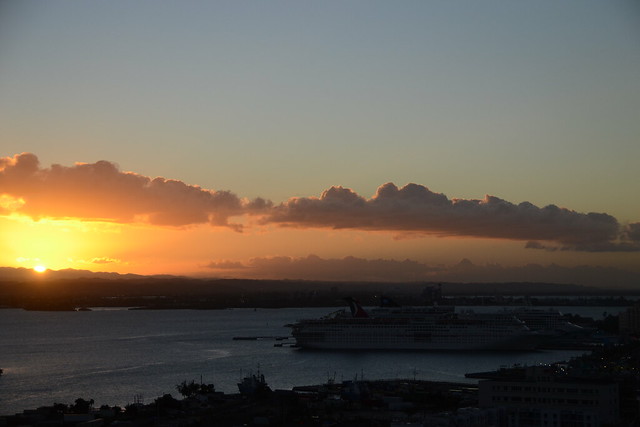 DSC_0160
DSC_0160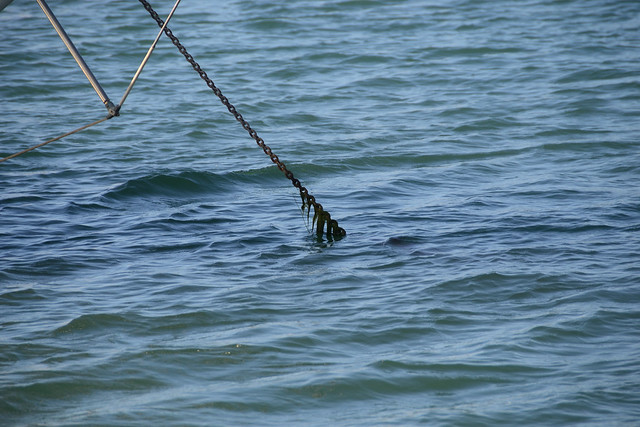 DSC_0066_00001
DSC_0066_00001 DSC_0046_00001
DSC_0046_00001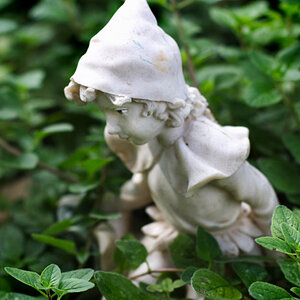
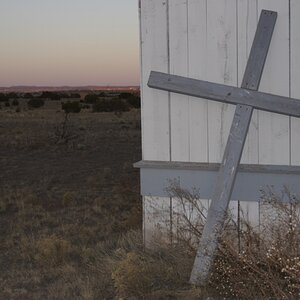
![[No title]](/data/xfmg/thumbnail/37/37098-71ca7ea318288ab459358b6e9c9a7a8d.jpg?1619737881)
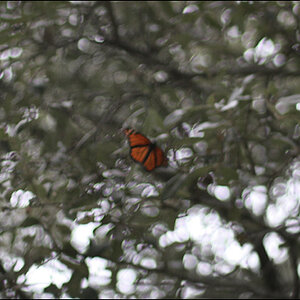
![[No title]](/data/xfmg/thumbnail/35/35215-cb01ff31834a4ee952045622f00781a5.jpg?1619736952)
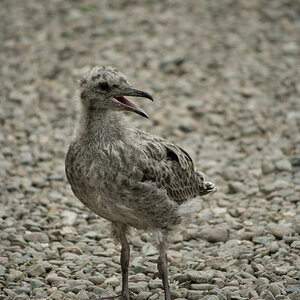
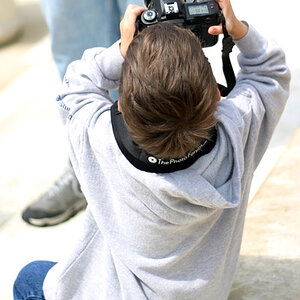
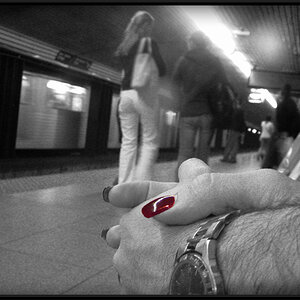
![[No title]](/data/xfmg/thumbnail/37/37101-cf094d75976427b415711e9c9955c8a3.jpg?1619737881)
